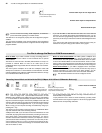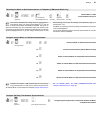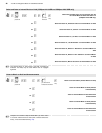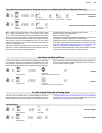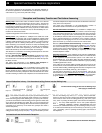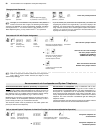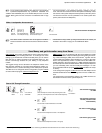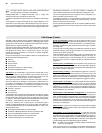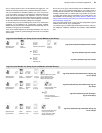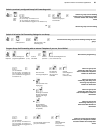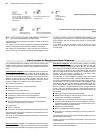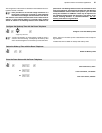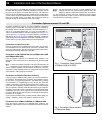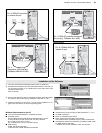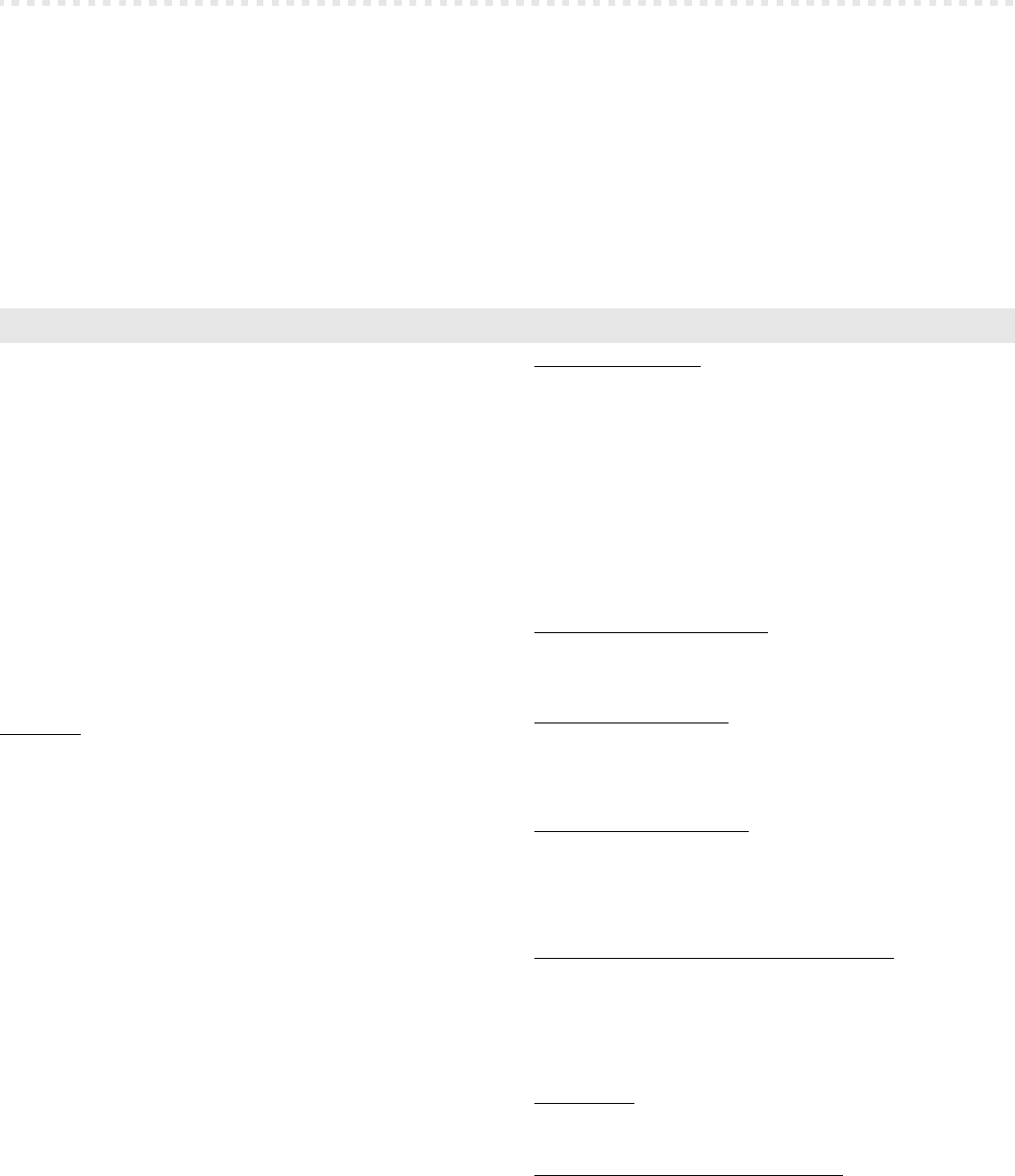
52 Call Groups (Teams)
For safety reasons: There is a time limit for outbound external
Call Through calls in the PBX (1-99 minutes).
COMpact 2206 USB or COMpact 4410 USB: Only a single Call
Through connection is possible at the same time.
If configured, the PBX will support Least Cost Routing for Call Through
calls.
If the telephone number transmitted by the mobile telephone is not
authorized for Call Through the caller will hear the busy tone. The num-
bers of the mobile phones used and authorized for Call Through, have
to be entered in COMtools as Public Short-Code dialling numbers with
Call Through authorization. You can also configure in COMtools for
each individual mobile phone number if Blocking numbers are used.
The Call Through MSN that was configured in the configuration pro-
gram of the PBX, must be known to you.
The telephone numbers in the phonebook of mobile phones are most
often entered with a plus (+) in front of the country code (e.g. +49). The
PBX can accept and use this format.
For the call data management with the PC program COMlist the Short-
Code Dialling Number of the Call Through user is stored in the column
„project“.
The PBX is able to manage groups (teams) additionally to the internal
subscribers. Subscribers can be members of multiple groups. These
groups can be used in order to reach the internal subscribers of certain
departments (e.g. support, marketing, sales).
A group has, like an internal subscriber, an internal number. Some set-
tings are also handled similar to an internal subscriber. The call diver-
sion (External and door) can be configured for groups. The group
number can also be forwarded to an internal or external subscriber
(group Call Forwarding).
Groups can internally be used or called the same way as single internal
telephones in the following functions:
˾ Pick-up
˾ Call transfer
˾ Query/Transfer
˾ Call Through
˾ Destination number for a call forwarding
˾ Automatic Dialling/Alarm Call
Log in/out:
Your membership in a group does not mean that you are
always called when your group is called. If you do not like to be reach-
able via the group calling number for a certain time but only as an indi-
vidual subscriber, you will be able to „log out“ of this group.
This way there are active and passive members of the group. This func-
tion can be important for members of service lines or call centers who
do not like to be available for their customers around the clock. Group
functionality is not available for a subscriber that is logged out, but only
for a certain period. There are three different modes to log in:
˾ inbound + outbound
˾ only inbound
˾ only outbound
A subscriber which is member of several groups can be only be „logged
in outbound“ in one single group at the same time. If he likes to get also
the calls of the other groups in this case, he will be able to log in there
as „inbound“. Therefore he will be in the call distribution of more groups
for internal -, public exchange - and door terminal calls.
With „log in outbound“ into a certain group, the subscriber gets a
number of features/authorizations of the group which will replace his
own features/authorizations as an individual subscriber in case of out-
bound business calls:
˾ Exchange line authorization for business calls
˾ Activation of Blocking/Release numbers for business calls
˾ Short-Code Dialling authorization for business calls
˾ Calling number presentation for business calls
˾ Preferred exchange line for business calls
Group call forwarding:
Thanks to the group Call Forwarding you are
able to forward internal and external calls addressed to your group to
other internal telephones or external connections. Consequently a per-
son that is not member of this group and is not able to log in, is able to
take these calls.
The group Call Forwarding makes it possible that somebody is always
reachable under the group telephone number even when calls cannot
be taken by members of the group.
There are different reasons for not taking a call, e.g. nobody is there for
a short or longer period or all the telephones logged in are busy. So
there are 4 different types of Call Forwarding: the „CF unconditional“,
the „CF on busy“, the „CF on no Reply“ and the „CF if all subscribers are
logged out“.
Forward group „unconditional“:
If the members of the group are not
reachable for a longer period and you like to avoid that calls to the group
are unsuccessful, you will be able to forward the calls addressed to the
group to the substitute’s telephone.
Forward group „on busy“:
If the telephones logged into a group are
busy often and you like to avoid that calls are not answered, you will
achieve it by switching on the „group Call Forwarding on busy“. Inbound
calls will be forwarded unconditionally to another telephone (e.g. the
reception for further transfers) if all the telephones logged in are busy.
Forward group „on no reply“:
If you like to make sure that somebody
takes the calls for one group at any time even if the group members
logged in leave the room for a short time you will reach it by „group Call
Forwarding on no Reply“. If none of the group members logged in is
picking up within 20 seconds (configurable), the call will be forwarded to
another telephone (e.g. reception).
Forward group „if all Subscribers are logged out“
: If you like that the
calls for one group e.g. are taken by the answering machine during the
night, you will be able to forward the group „if all subscribers are logged
out“ e.g. to an answering machine or a group of answering machines.
Then the Call Forwarding has not to be set every night again but the
members of the group have only to take care that they will be logged out
at the end of a working day.
Switch off all:
If you are not sure which kind of group Call Forwarding
is active at the moment and like to make sure that each one is switched
off, use this programming.
Programming via an external telephone:
In case that you have
already left your house and like to configure a forwarding, the group Call
Forwarding is also programmable via an external telephone. You are in
need of an analog DTMF telephone, an ISDN telephone with DTMF sig-
nalling or a DTMF sender. Besides this the PBX has to be configured
correspondingly with the configuration program COMset.
For each of the three Call Forwarding settings a different desti-
nation can be configured.
If the „CF on busy“ and „CF on no Reply“ are activated at the same time,
both variants will be in use. Depending on the case - the telephone is
☞
Call Groups (Teams)
☞



